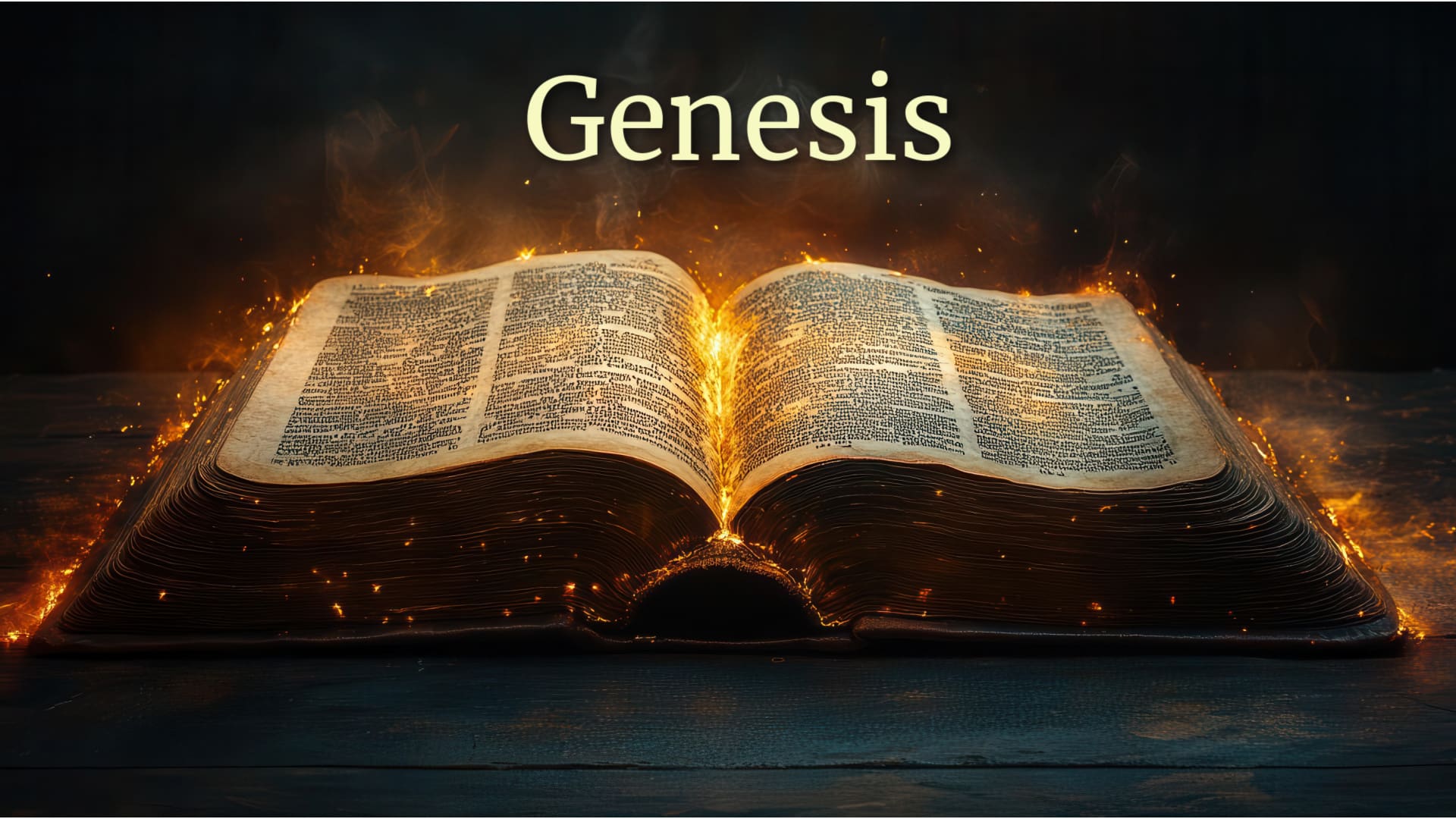
A Look into the Holy of Holies
And out of the ground the Lord God made to grow every tree that is pleasant to the sight and good for food … Gen 2:9
It is, therefore, evident that the opinion is false of those who asserted that it made no difference to the truth of the faith what anyone holds about creatures, so long as one thinks rightly about God, as Augustine tells us in his book On the Origin of the Soul. For error concerning creatures, by subjecting them to causes other than God, spills over into false opinion about God, and takes men’s minds away from Him, to whom faith seeks to lead them.
St. Thomas Aquinas On the Truth of the Catholic Faith, Book II
“Once upon a time …” ─ yes! This hackneyed dreamy introduction to fairytales would not have its existence were it not for something real behind it. There really was a garden of paradise in space and time that explains all human longing. It was believed to be an elevated place, for a river ran through it, and splits into four rivers that flowed out to water the four corners of the earth. These four rivers have names that can be geographically located in the Nile river system (Pishon in Havilah and Gihon in Cush; blue and White Niles?) and the Mesopotamian river system (Tigris and Euphrates) which accommodated the earliest human civilizations. The garden itself was located mystically “in the East,” the direction of the rising sun, a holy orientation. All efforts to find its traces on a map have failed, but an ancient Hebrew would have located it in Canaan, the “land of promise,” which lies in between these two ancient river systems, in spite of the fact that they are not connected by a common river head as we have in Genesis 2:10.
We have, therefore, the first of our paradise motifs; a garden on a holy mountain with rivers of paradise. This place was specifically planted by God for man; out of its ground He made Adam and intimately breathed into him, making a creature like Himself, in his image. Beasts were likewise made from the ground, but lacked the intimate breath of God, and therefore not his equal in relationship. God formed woman from Adam’s side and rib, signifying a right fit, completeness in union, and common purpose. Hence we have the foundation of human society and relationship, the family. Nakedness was natural, for there was nothing to hide; there was complete transparency on all levels, and no need to be protected from the elements. Humanity is social by instinct, longs for transparency and intimacy, and is incomplete apart from animals. This cluster of paradise motifs belongs to human relational origins.
With Adam and Eve, we have the “first man” and “first woman” motifs. Adam is first man not only in his being the fountainhead of the human race, but also in his ability in naming. Naming denotes knowledge and authority; he did not give the animals arbitrary names, but saw into their essences, and choose accordingly and creatively, so much so that the process captured the “curiosity” of God (v. 19). Eve as first woman is not only the fountainhead of the human race like Adam, but becomes the prototype of the beautiful woman motif. The power of her beauty is founded upon her being made in the image of God; femininity is divine of origin as well as masculinity. Their powers converge creating “one flesh” producing not only children, but sharing one common purpose to “work and keep” the garden. Production, creativity, authority, knowledge, power, dignity and beauty of human form, are all paradise motifs associated with our first parents.
To these motifs we add gold and precious stones in the land of Havilah (2:11-12). How else do we account for the mysterious draw that jewels and gold have to the human psyche other than that they belong to our origins? The same can be said of aromatic spices (bdellium, 2:12). Every sense is engaged in this sensuous wonderland! To this we add the trees of paradise; all except one was allowed for food. Specifically, the “tree of life” and eating its fruit was associated with communion and life with God. This brings us to the “Theophany” motif, for we know that God would visit this scene in the “cool of the day (3:8), that is, the evening.
As we view this garden with our imagination, we simply cannot conceive of a more perfect or complete situation. It is the very interior of the Holy of Holies, the heart of the cosmic temple of God. Here we have the perfect union between the physical and spiritual where the Eternal comes into direct contact with creation. We all know this place! We all have been there in our collective human memory. We all long for it unless we have become so jaded by sin and disillusionment that we can no longer entrust ourselves to the good, the true and the beautiful. As fantastic as it may seem, this garden described above is ultimate reality! Our hearts tell us that this is life as it was meant to be.
Takeaway: We must take a walk through the Garden and observe and ponder everything we see.
Questions:
- What do you see on your walk through the Garden? Describe it.
- How does it make you feel?
0 Comments